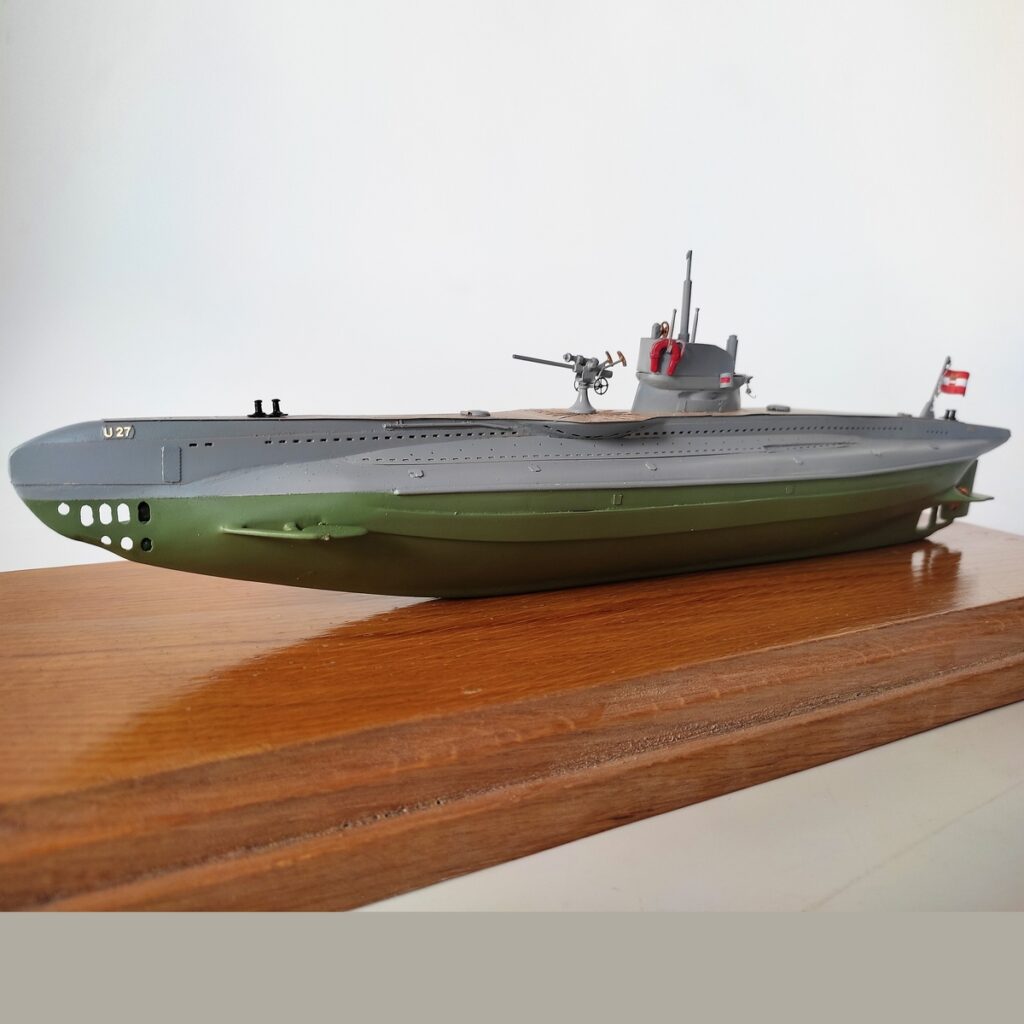
13 Austro-Hungarian Submarine U27
Fotogalerie
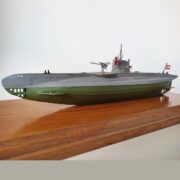
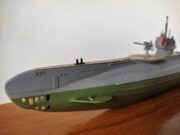
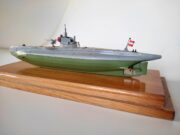
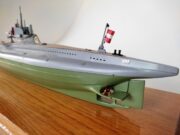
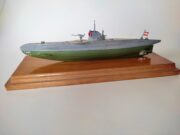
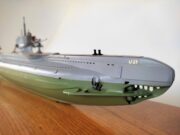
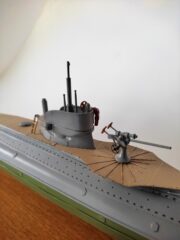
The Austro-Hungarian Navy was isolated in the Adriatic Sea, where fighting occurred only on a minor scale. At the start of the war, it had a relatively wide range of vessels, from the most modern dreadnought battleships to armoured cruisers, destroyers, gunboats, submarines and even obsolete cruisers from the late 19th century.
Young men between the ages of eighteen and twenty-one were conscripted into the Austro-Hungarian Navy. Interestingly, 20% of the officers, 30% of the ship's doctors, 50% of the ship's engineers and approximately 60% of the gunnery officers were of Czech nationality. Czechs also made up a full third of the crews of Austrian submarines and even served as their commanders. Josef Holub (1885-1964) was a successful submarine commander credited with sinking one destroyer, three steamers, and twenty-eight sailing ships. He thus became the second most successful Czech in the Austrian submarine navy after Rudolf Singula (1883-1945). At first, he served without significant action on the small submarines U21 and U22. Subsequently, he commanded the more advanced submarine U27, which he joined in January 1918. From January to the end of the summer of 1918, Josef Holub made four operational cruises with the crew of U27, mainly in the Eastern Mediterranean, the Aegean Sea, and the coast of Greece. The last cruise, which lasted from 22 June to 26 September 1918, is considered the longest operational submarine cruise in the history of World War I.
The displayed model of the U27 submarine is in a 1:100 scale.
Aktuálně
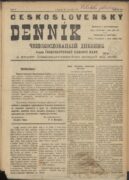
Československý deník sehrál v životě legionářů v Rusku velmi důležitou roli. Poprvé vyšel v prosinci 1917

Děkujeme za podporu pro válečné veterány. Sbírka DiGiMÁK vynesla 450 tisíc korun
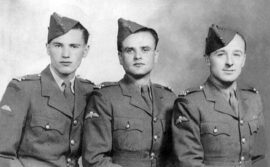
Tak trochu zamrzlé spojení

Válečný veterán Petr Matouš pokřtil v Armádním muzeu Žižkov svou knihu. Patronkou je i ministryně obrany Jana Černochová








